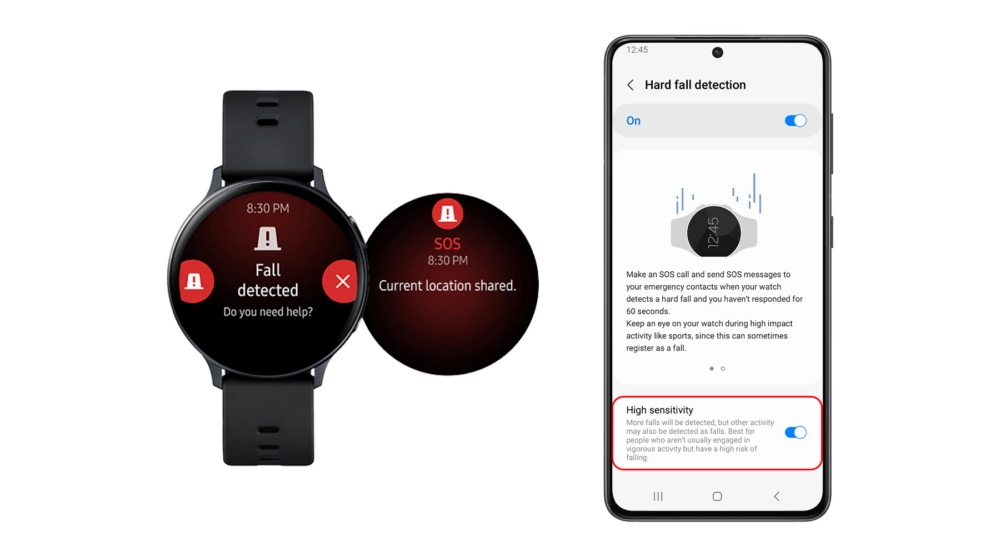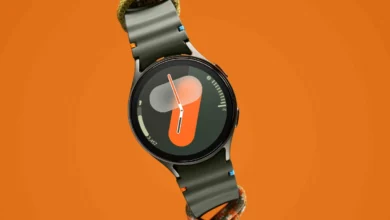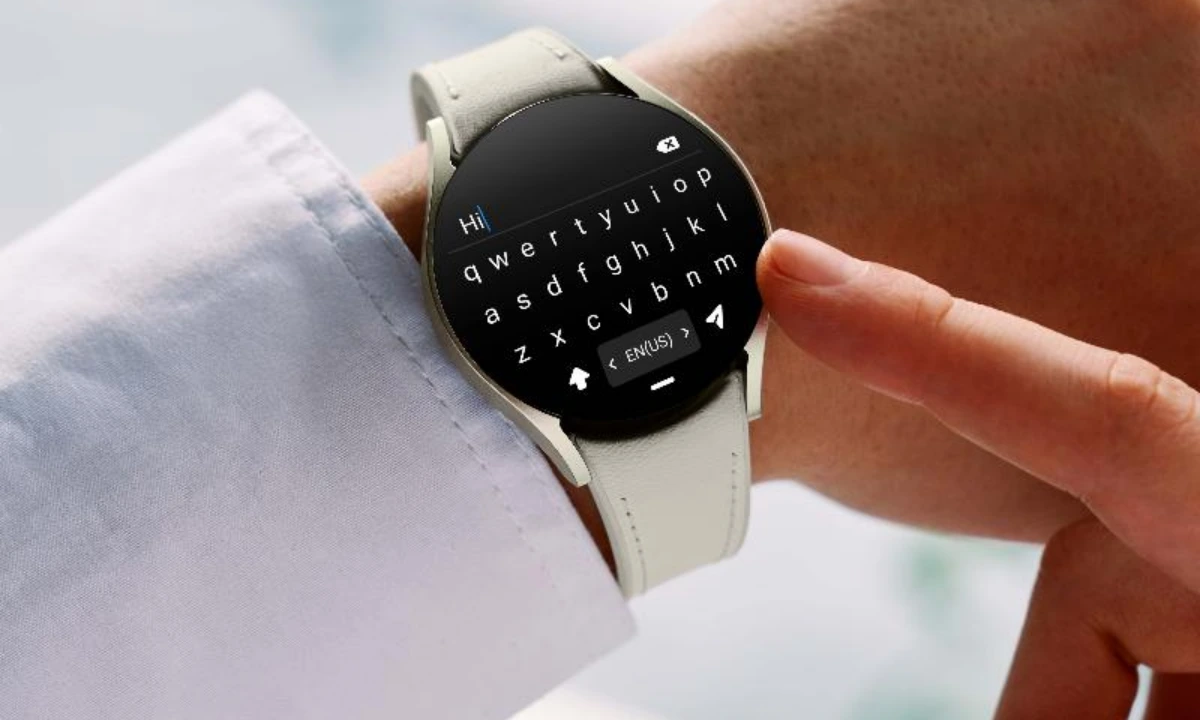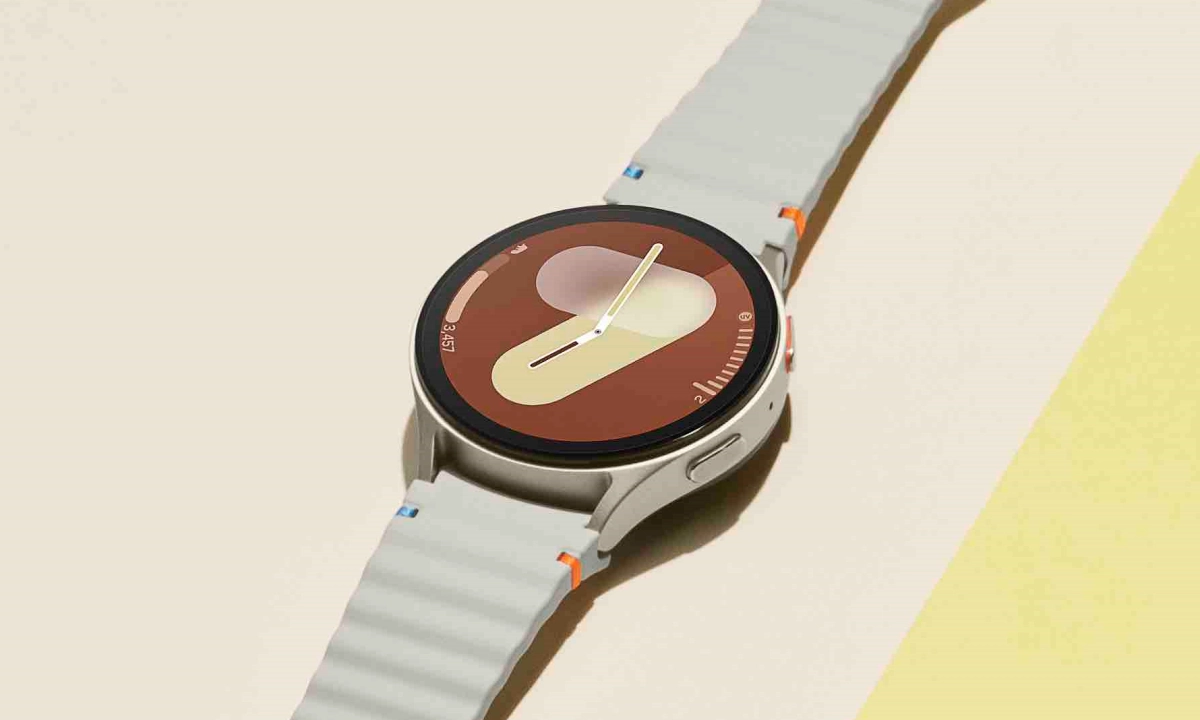Samsung One UI Watch: How to turn on SOS and Hard fall detection on your Galaxy Watch

Samsung has recently started One UI 5 Watch updates for the Galaxy Watch 4 series and Galaxy Watch 5 series watches, there are two beta updates available now, and in these updates, the company has distributed several new features which are very useful for the users. The beta updates have added many features in different heads like Samsung Health, watch faces and tiles, backup and restore, and many more.
In these significant updates, Samsung has also introduced a feature that will help you to share your medical information in an emergency. This feature can be said to be a live-saving feature, especially for the older ones.
When the feature is active, it will be able to detect the hard fall, which may be life-threatening for old age people; after recognizing, it will automatically share the information with other contacts, or you can also start the SOS feature by pressing the key multiple times( you can set it according to your ease). The SOS feature is not activated by default for all except people equal to or above 55 years, so let’s know how to activate it.
How to Activate SOS and Hard fall Detection on Galaxy Watch
- Open the app screen on your Galaxy Watch, now go to the settings
- Now tap on the safety and emergency option
- Now you will see two options:
- SOS with Home Key
- Hard Fall detection
- If you want to enable SOS with the Home key, just tap on the first option and then turn on the toggle, now you have to add the emergency contacts, the fit will ask you to add via popup message, tap ok and set the contacts on your connected smartphone.
- Once you are done with adding emergency contact on your phone, it will show you two options of 3 times and 4 times, Whichever option you click on, your home function will be set accordingly.
- Additionally, if you want to enable the Hard fall detection feature, then go back to the “safety and emergency” now tap on tap on the second option and turn on the toggle.
- Under this option you will get three different options which you can select as whn you want to keep the option on, always, During Physical activity or only during workouts.



